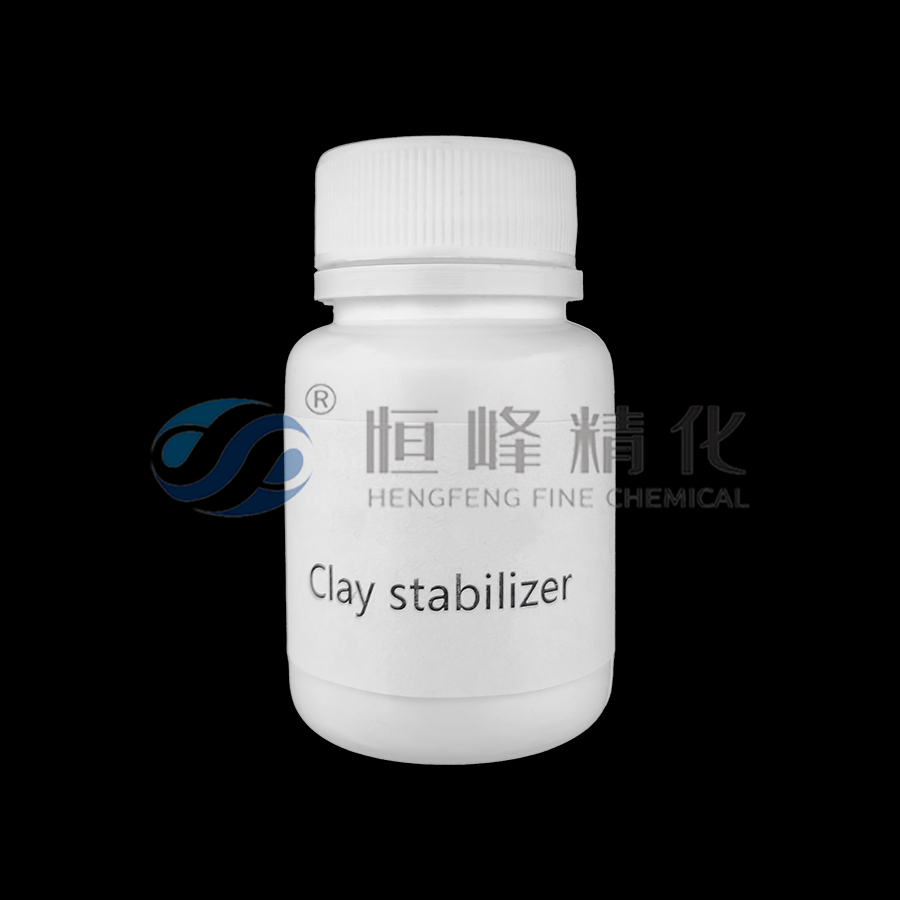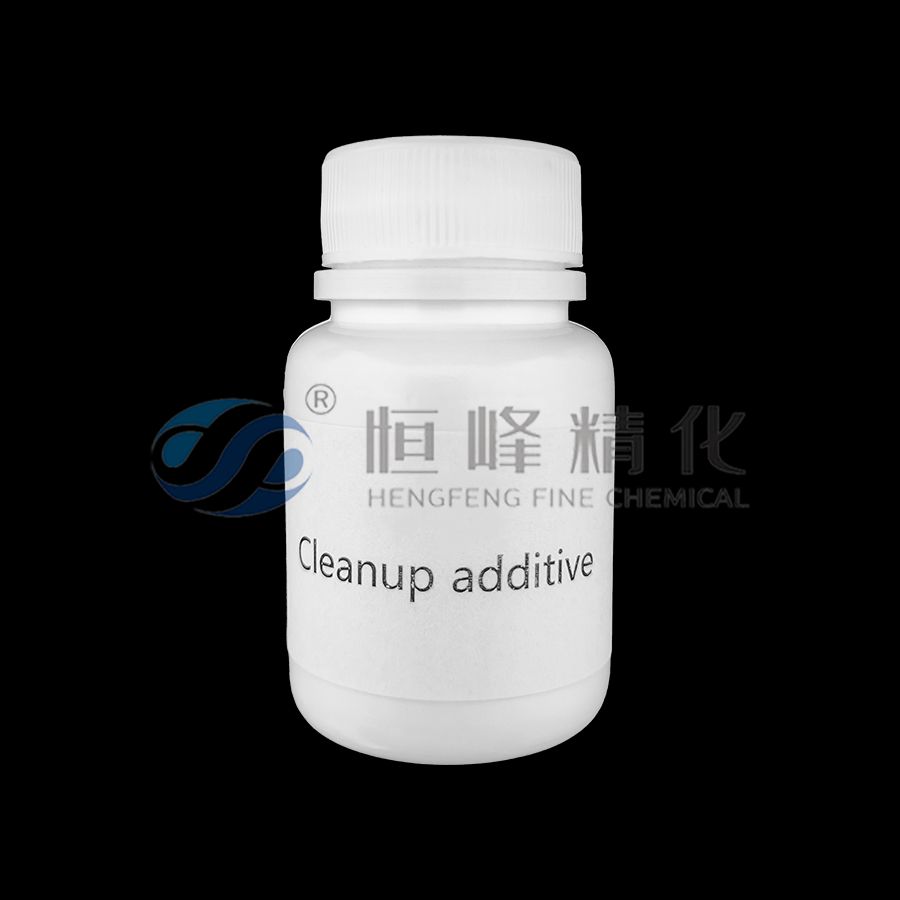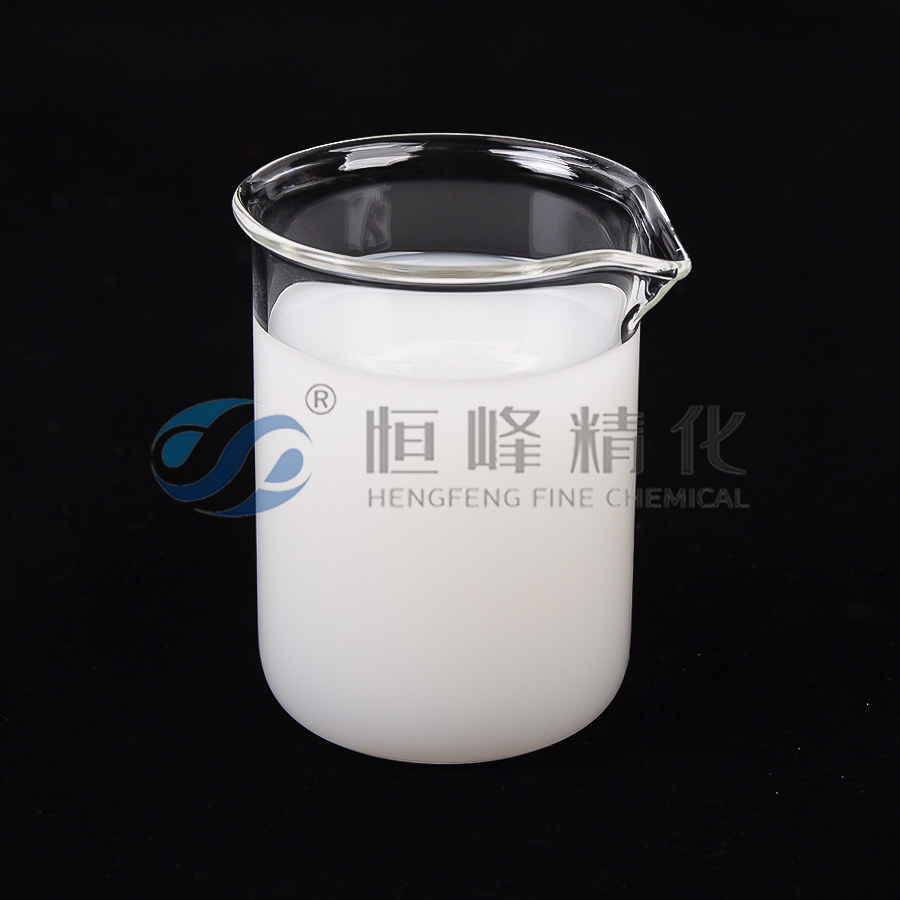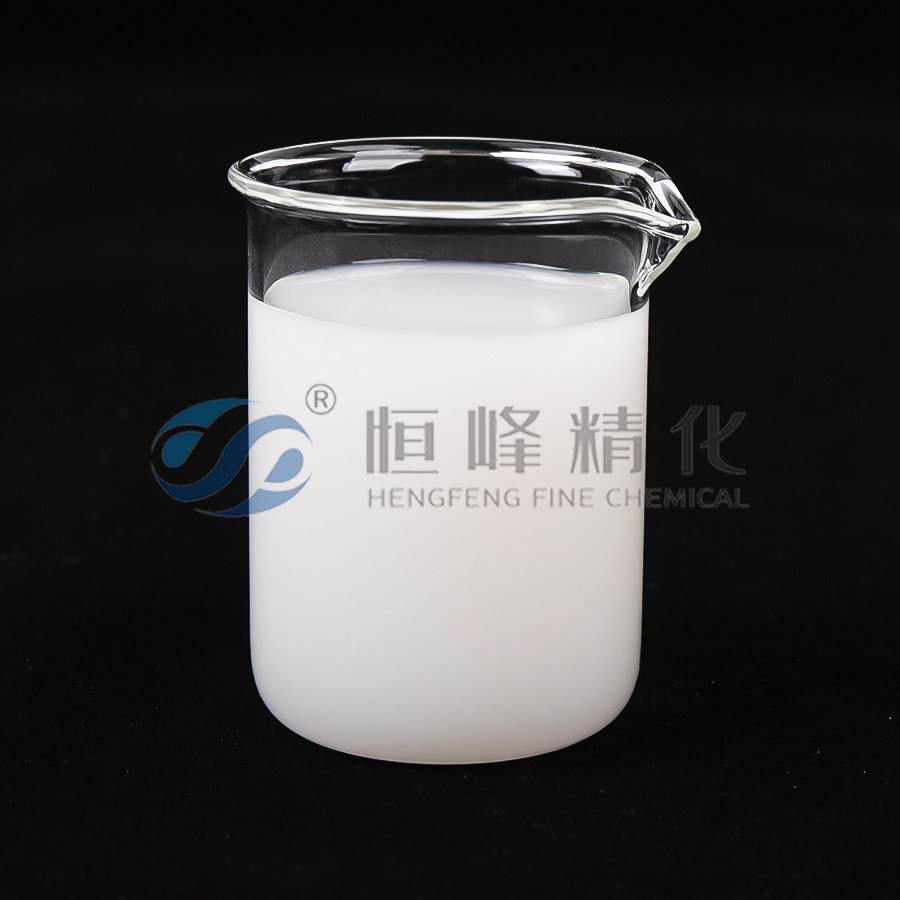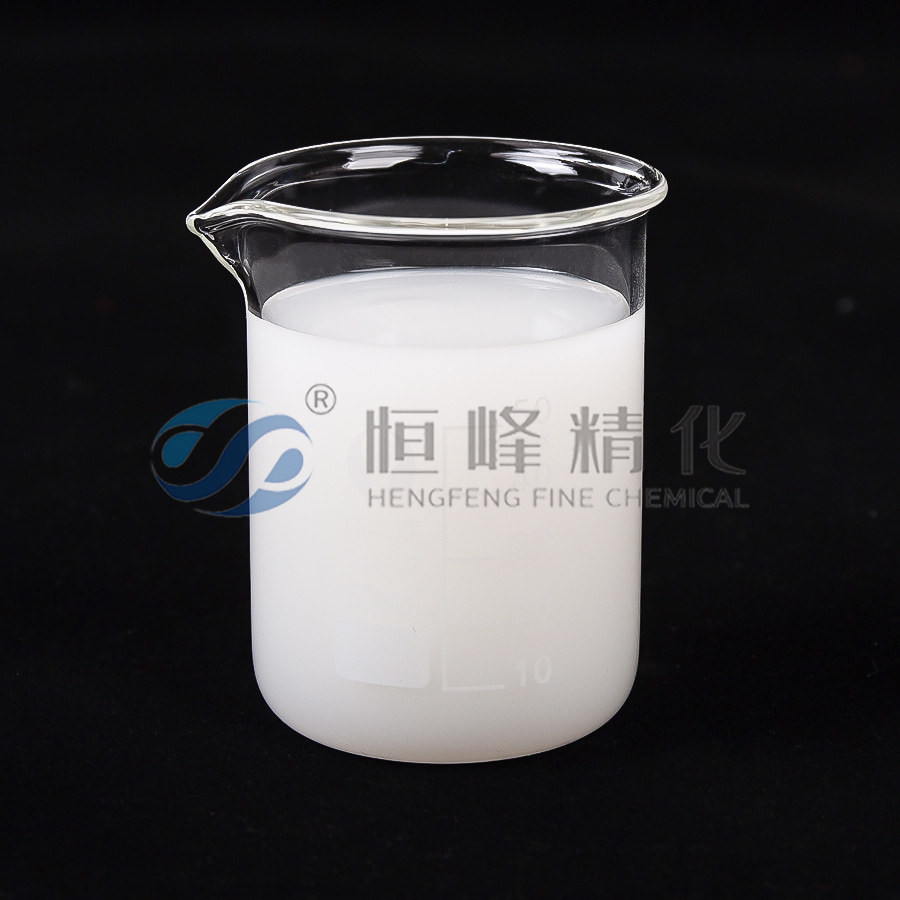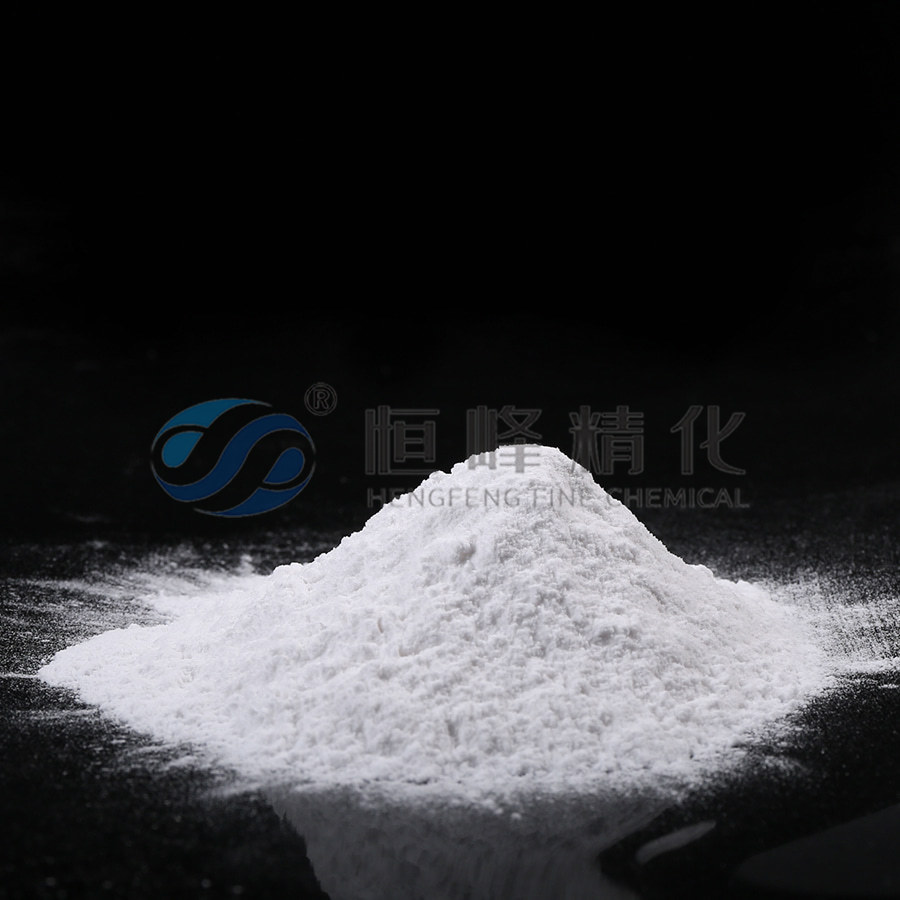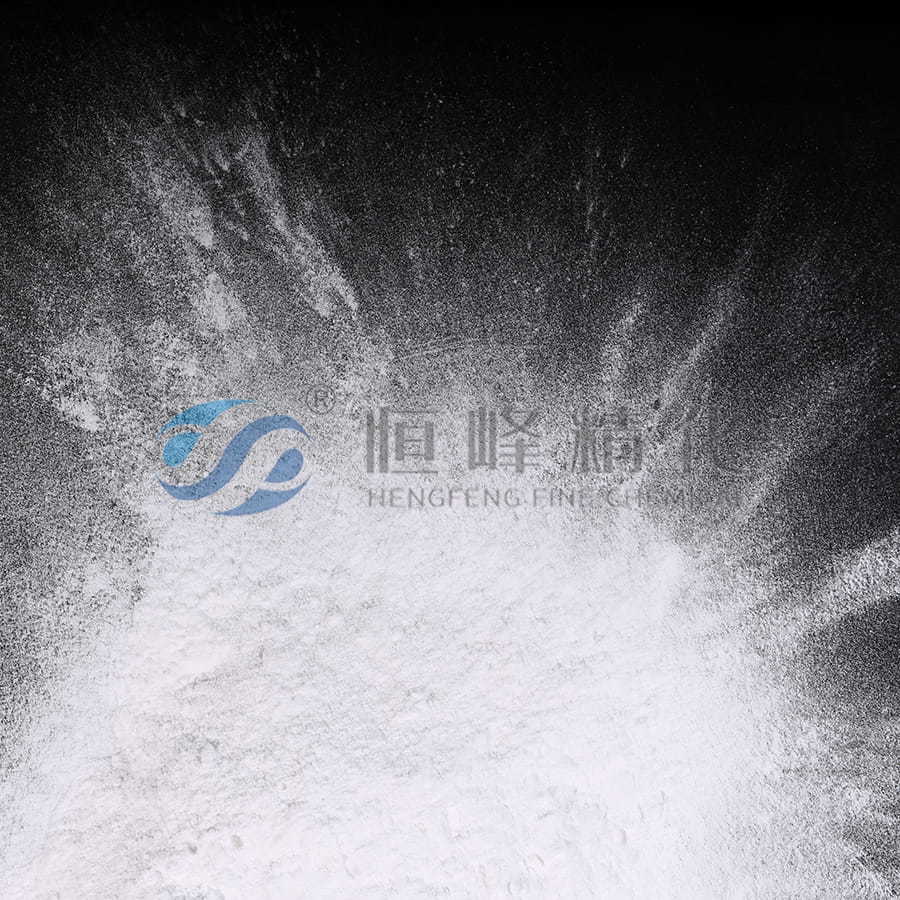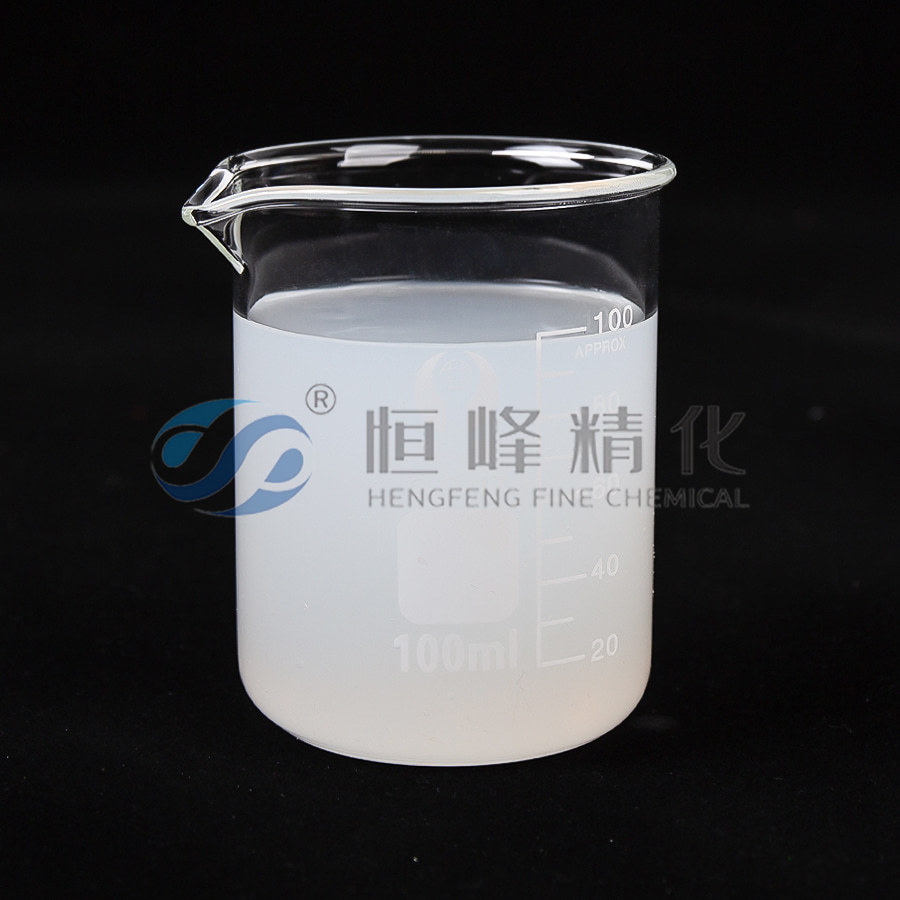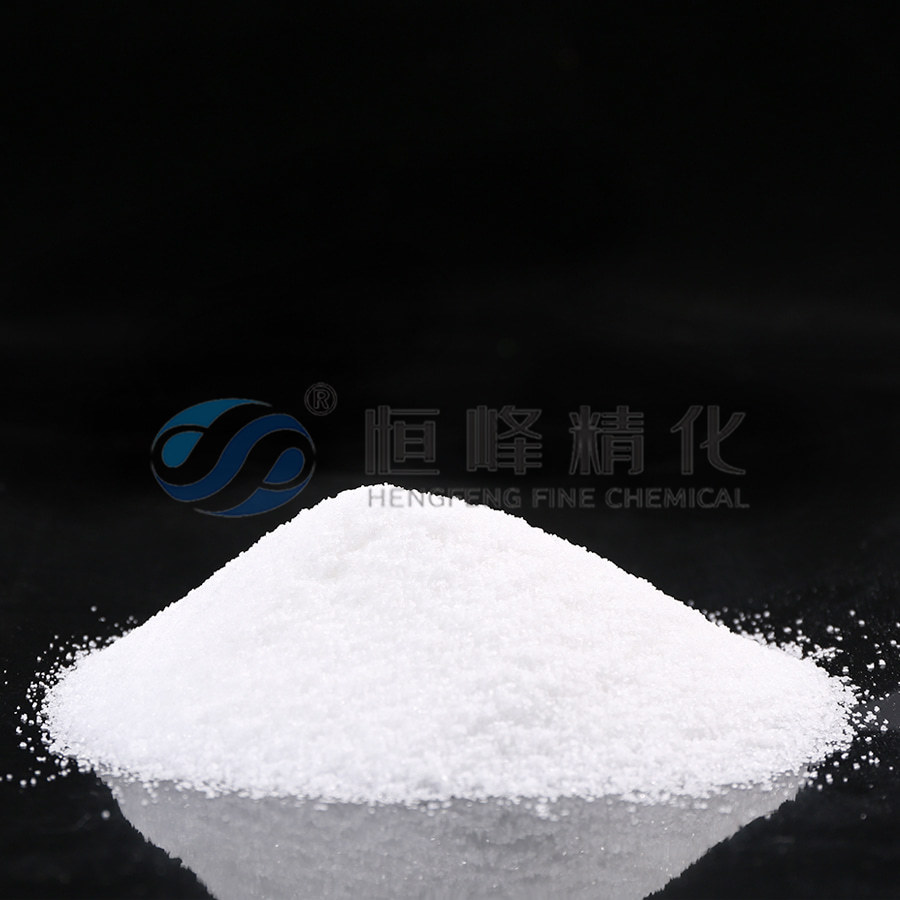Why Use Cationic Polyacrylamide Emulsion in Treatment
Cationic polyacrylamide emulsion is widely recognized as a powerful chemical agent in the field of industrial and municipal water treatment. Known for its strong flocculation properties and high charge density, it plays a critical role in separating solids from liquids, making it a top choice for modern wastewater treatment systems. But what exactly is this chemical, and why is it so important in managing complex water treatment challenges?
At its core, cationic polyacrylamide emulsion is a water-soluble polymer that carries positive ionic charges. These cationic charges allow it to effectively attract and bind negatively charged particles commonly found in wastewater. As a result, the suspended solids, organic matter, and other contaminants quickly form large flocs, which can be easily separated from the water. This process simplifies the entire filtration and clarification system, significantly improving operational efficiency.
One of the primary applications of cationic polyacrylamide emulsion is in wastewater treatment. From textile manufacturing and food processing to mining and municipal sewage plants, industries across the globe rely on this chemical to manage their effluent streams. It works effectively in both acidic and neutral conditions, offering flexibility for various wastewater compositions. The polymer’s fast reaction speed and low dosage requirement also mean that treatment facilities can achieve better results with reduced chemical usage and minimal environmental footprint.
Beyond its core use in flocculation, one of the key benefits of using cationic polyacrylamide emulsion is its ability to significantly improve the efficiency of sludge dewatering. Dewatering is a crucial step in wastewater treatment where water is extracted from sludge, reducing its volume and weight. Efficient dewatering not only cuts transportation and disposal costs but also makes the remaining sludge easier to handle and process.
Cationic polyacrylamide emulsion enhances sludge dewatering by accelerating water release from the solid phase. This results in a drier sludge cake, which is more stable and contains less free water. Compared to traditional chemicals, this emulsion delivers faster and more consistent results, especially when used with mechanical dewatering equipment like centrifuges or belt filter presses. The emulsion also reduces the amount of residual polymer in treated water, making it more environmentally friendly.
In conclusion, cationic polyacrylamide emulsion is more than just a chemical additive. It is a strategic solution for industries and municipalities looking to optimize their wastewater management processes. Whether the goal is to improve solid-liquid separation, reduce sludge handling costs, or meet environmental regulations, this emulsion provides the performance and flexibility required in today’s demanding treatment systems.


 English
English Español
Español عربى
عربى Русский
Русский Tiếng Việt
Tiếng Việt





